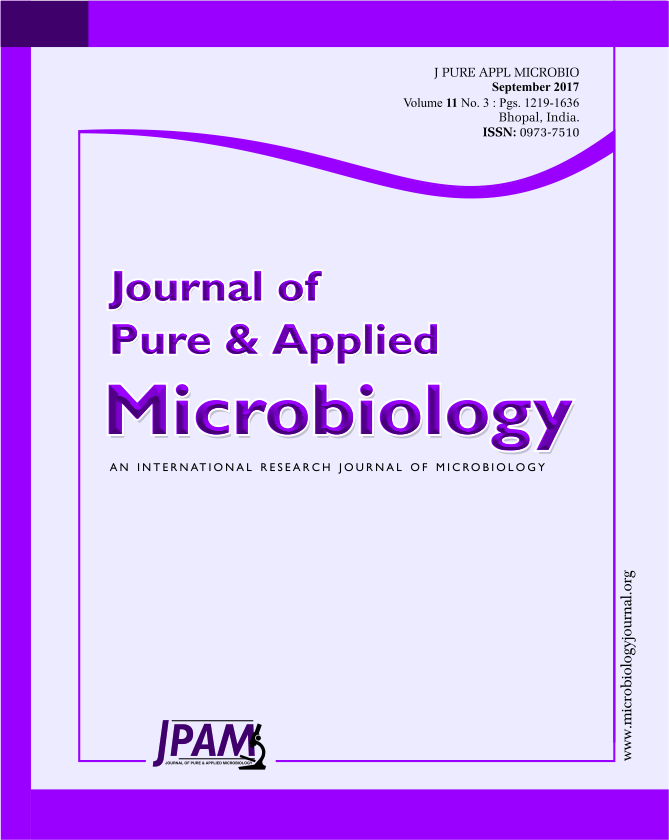A field experiment was conducted to study the effects of integrated nutrient management practices on yield, quality and nutrient status of drilled rabi fennel (Foeniculum vulgare Mill) during the year 2016-17 at College Agronomy Farm, Anand Agricultural University, Anand. Twelve treatment combinations comprising of various integrated nutrient management practices were tested in randomized block design with four replications in sandy loam type of soil having slightly alkaline pH, low organic carbon and available nitrogen content, medium available phosphorus and high available potassium status. Results shown that treatment with 100% N from vermi compost + bio NPK @ 1 lit ha-1 produced significantly higher seed yield which was found comparable with all the treatments barring those applied with 50% RDF along with 50% N from compost or vermi compost as well as 50% RDF + 25% N from compost and vermi compost. Significantly highest microbial population was also found in the same treatment. Though available nitrogen and phosphorus were remained unaffected by IMN treatments, nitrogen content in seed and its uptake in seed as well as in stover had been affected significantly. Conversely, only phosphorus uptake in stover was found significantly vary due to different INM practices.
INM, fennel, Nutrient status, Bio NPK.
© The Author(s) 2017. Open Access. This article is distributed under the terms of the Creative Commons Attribution 4.0 International License which permits unrestricted use, sharing, distribution, and reproduction in any medium, provided you give appropriate credit to the original author(s) and the source, provide a link to the Creative Commons license, and indicate if changes were made.


